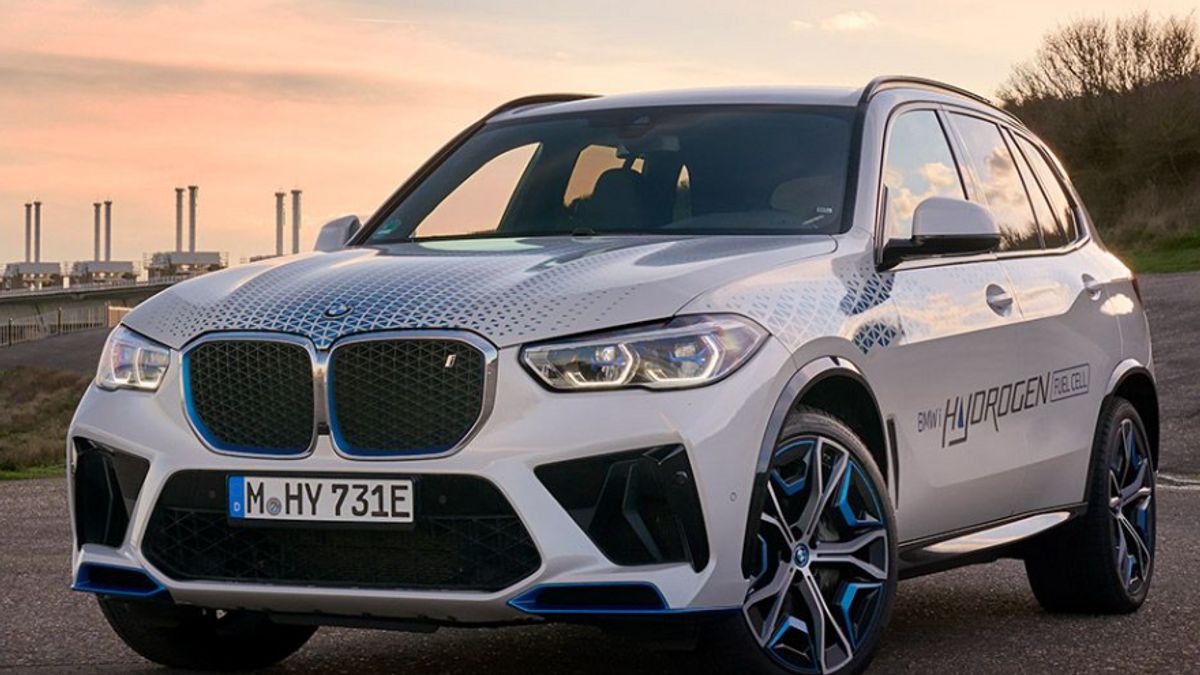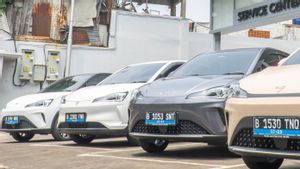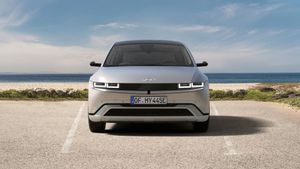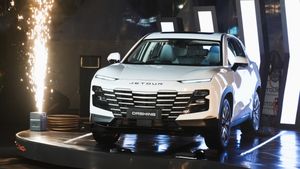JAKARTA - At this time, various types of electric cars are available on the market. Electric cars themselves are divided into several categories, namely Hybrid, Plug-In Hybrid (PHEV), Battery-Electric Vehicles (BEV), and Hydrogen Fuel-Cell Vehicles (HFCV).
Each of these types of electric cars has its own advantages and disadvantages so that it is suitable for different needs.
It's true they are all 'electrified,' but don't get confused: Each works in a different way and may be suitable for different drivers.
"electrified" vehicles are vehicles that have electric motors anywhere in the driving system.
So the question is, which one suits the needs the most? Here is a guide to help sort it out.
Hybrid
The hybrid car uses two power sources: gasoline engines and electric motors. The car with this driving system was very popular when Toyota released the 1997 Toyota Prius.
Hybrid vehicles have one or two electric motors to complete the output of the gasoline engine. When the engine goes out or the braking is light, the electric motor turns into a generator to recharge the battery with energy that should be wasted. At low speeds or under light loads, the hybrid can run on electricity only for a short period of time.
There is a lot going on under the hood of a hybrid vehicle engine. This is due to a control algorithm that regulates power delivery from batteries to electric motors and demands power from mixes of motorcycles and engines.
Reporting from Automotive Car and Driver Magazine, hybrid cars are the easiest to use type of electrification vehicle, because drivers don't need to change their behavior, aka still refueling like other gasoline cars, except less.
Interestingly, in hybrid cars, the replacement of brake camps is also less common because most braking is regenerative through electric motors.
Hybrid cars are suitable for those who like to travel long distances and are not complicated thinking about charging their vehicle batteries.
Well, the issue of the price of hybrid cars is still more expensive to buy than ICE, although now the price difference is not as far back as it was in the past.
Plug-In Hybrid
Plug-in hybrid (PHEV) may be an electrification vehicle that many people don't understand. Actually, this type is an electric car (EV) but depends on some conditions.
Plug-In Hybrid (PHEV) cars are a type of vehicle that has two main resources: gasoline engines and electric motors. One of the main advantages of PHEV cars is its ability to use electric power from rechargeable batteries, as well as gasoline fuel. Under certain conditions, PHEV cars can fully operate with electric power from batteries, such as when driving in short distances or in the city. However, when the battery runs out or under certain conditions that require more power, the PHEV car can switch automatically to the use of the gasoline engine to extend its distance.
One feature that distinguishes PHEV cars from conventional hybrid cars is its ability to be externally charged through electric stop contact. By charging PHEV car batteries through home stop contacts or charging stations, drivers can optimize the use of electrical energy and reduce dependence on fossil fuels.
Battery Electric Vehicle (BEV)
This is the most popular type of vehicle in the world today. Battery-Electric Vehicles (BEVs) are fully powered by batteries that need to be recharged periodically. Or they are powered by batteries under the car floor, which must be recharged.
Almost every other car manufacturer has launched various EV models, mostly filling the sedan segment to SUVs of various sizes.
Interestingly, EVs are smoother, calmer, and more comfortable to drive than vehicles with internal combustion engines (ICE). They also have an acceleration powered from a stationary position, as electric motors develop a maximum torque of zero rpm.
EVs also have fewer moving components, so maintenance is mostly a problem of changing tires, brake camps, battery cooling fluids, and cabin air filters.
Hydrogen Cell Fueled Vehicles (FCEV)
Hydrogen cell-fueled vehicles (HFCVs, also known as FCEVs), such as Toyota Mirai. They are powered only by hydrogen, which is inserted into fuel cells that mix them with air to generate electricity, which drives one or more electric motors.
Their only emission is water vapor. Hydrogen is stored at very high pressure (10,000 psi) in a heavily strengthened tank built into the car structure.
Well, like vehicles powered by electric motors, HFCV is smooth, calm, and powered. They don't need to be charged, and refuel similar to filling at a gas station: look for a hydrogen fuel pump, a nozzle key at the end of the hose to the car acceptor's hole, and wait for the filling to be completed more often in three minutes, a maximum of five minutes.
Unfortunately, FCEV is still unknown to the world. In the United States alone, the only state that can refuel hydrogen vehicles today is California.
Please note, Toyota, Hyundai, Honda, and BMW are four manufacturers that have offered hydrogen vehicles.
The English, Chinese, Japanese, Arabic, and French versions are automatically generated by the AI. So there may still be inaccuracies in translating, please always see Indonesian as our main language. (system supported by DigitalSiber.id)












